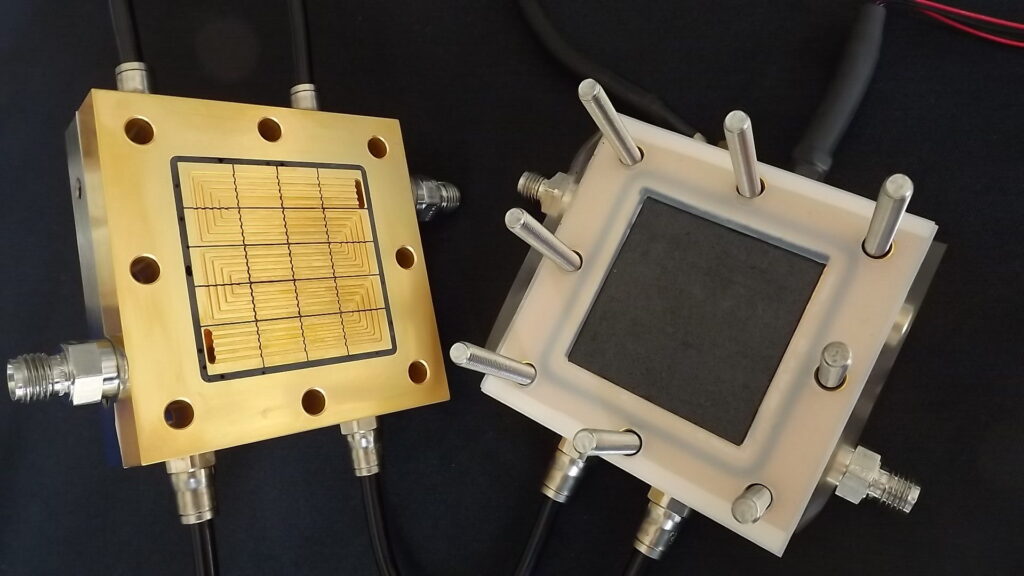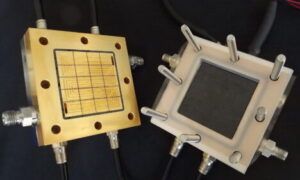The PEPR-H2 is a tool for structuring national research in scientific fields considered as priorities. It meets the objectives of reducing CO2 emissions from industry through the establishment of a decarbonised hydrogen sector using several types of complementary projects and funding instruments.
LEMTA contributes to PEPR-H2 through EquipPEX+ DurabilitHy and the PEMFC95 project.
The main objective of the PEMFC95 project is to achieve sustainable operation of a PEMFC (Polymer Electrolyte Membrane Fuel Cell) at a temperature of 95°C. The project is led by LEPMI in Grenoble and includes 9 academic laboratories and 3 CEA laboratories for a period of 5 years. The consortium’s expertise, skills and equipment are recognised worldwide. In this project, LEMTA is responsible for the tests related to the ageing of membrane-electrode assemblies, using the segmented cells and automated test benches developed by the laboratory over many years. 2 PhD students will be recruited for this study.

Example of segmented cells used at LEMTA
EquiPEX+ are investment programmes for high quality equipment managed by the ANR.
Scheduled to last approximately 8 years, EquipPEX+ DurabilitHy is being carried out by the LAPLACE laboratory in Toulouse, along with the FCLAB, FEMTO-ST, IMFT and LEMTA partners in the project.
It will enable LEMTA to acquire a new MRI-type imager [a project also supported by the EMPP research departement and the Grand Est Region] and to continue to develop the hydrogen benches of its “Energetic Vectors” research group. Alongside laboratories that work essentially on the scale of complete and large electrochemical systems (LAPLACE, FCLAB and FEMTO-ST), LEMTA and IMFT have highlighted their capacity to carry out more fundamental work on the scale of the elementary electrochemical cell and its components: membranes, electrodes and diffusion layers.

Illustration of work in progress on membrane-electrode interfaces using NMR imaging (Thesis by Christine MRAD / LEMTA)
